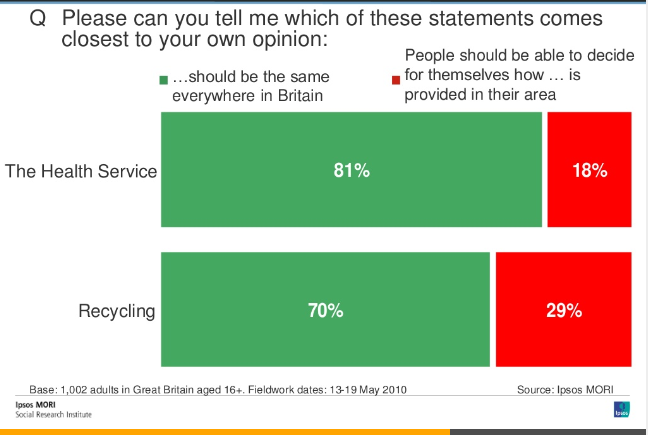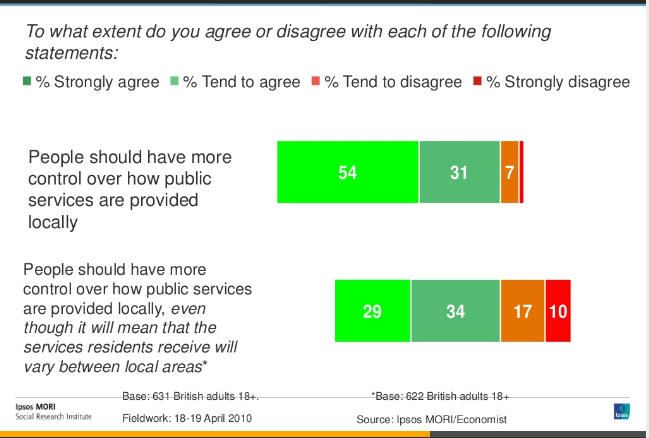 Citizens’ Assemblies have been in the news a lot recently. Among the ideas mooted have been a Citizens’ Assembly to sort Brexit, a Citizens’ Assembly to discuss the potential details of Scottish Independence and a Citizens’ Assembly to decide on steps to tackle climate change.
Citizens’ Assemblies have been in the news a lot recently. Among the ideas mooted have been a Citizens’ Assembly to sort Brexit, a Citizens’ Assembly to discuss the potential details of Scottish Independence and a Citizens’ Assembly to decide on steps to tackle climate change.
They have been heralded by some as a new democratic process which will put the public at the heart of policy development and decision making at a local and national level; one of a number of “deliberative democratic tools” to help engage people more in decision-making processes, allowing people to decide not only what outcome they want, but which issues should make up the agenda in the first place. However as experiences so far have shown, the theory and the execution do not always match up.
With some arguing that they are just another opportunity for those who already have a voice to make their voice even louder, advocates of Citizens’ Assemblies and similar projects have their work cut out to ensure they are both representative and effective.
What is a Citizens’ Assembly?
The basic principle of Citizens’ Assemblies is this: collect a representative group of people from a particular area, invite them to a discussion, and allow them to identify and discuss potential policy issues and options based on an initial question. They are then invited to come to an agreed consensus which is then reported to politicians/ government.
The members of a Citizens’ Assembly are typically selected at random from the general public – like a jury – and can, in theory, be any size, but the larger they are the more likely they will be to be representative of the electorate. The aim is to secure a group of people who are broadly representative of the electorate across different characteristics such as their gender, ethnicity, social class and the area where they live. Depending on the topic they will be discussing, information about party political affiliation or voting in referendums may also be taken into account.
Citizens’ Assemblies tend to rely on a few key values in order to function effectively, and participants should be made aware of these expectations and values (or any additional objectives) at the outset:
- Debate should be informed and informative and should allow for discussion and deliberation based on sound argument and evidence;
- Experts in a particular field and campaigners from all sides and all possible viewpoints should be invited to discuss their arguments with participants and be willing and able to be questioned;
- Participants should be willing to talk and listen with civility and respect;
- Participants should be representative of the general population as far as possible and should reflect a range of perspectives.
The sessions of the assemblies themselves vary but will usually include learning and evidence sessions introducing the assembly, the participants and the question to be discussed as well as background and contextual information and additional evidence from invited experts; sessions in which campaigners are able to present their arguments and be questioned; and sessions which focus on deliberation, discussion, consensus building and reporting. Facilitators will often be used to ensure a fair spread of opinions are heard – but facilitators cannot participate in the discussions themselves, and organisers will often pre-plan elements such as seating plans or evidence presented to assembly participants to ensure an even spread of opinions.
The fundamental idea is that if you randomly select a representative group and give them time, information and a safe space to discuss issues, you can create an illustration of what it would be like if everyone had the tools and time to discuss and debate the important issues. There is, however, no legal obligation for Government to take the recommendations forward.
What has happened elsewhere?
In the Republic of Ireland, they have held a number of “democratic experiments” and the Irish examples have been cited as examples of how Citizens’ Assemblies can effect change.
In 2012-13 the Irish Constitutional Convention led to the bringing forward of legislation and the eventual legalisation of gay marriage in the Republic of Ireland, and the 2016-17 Citizens’ Assembly paved the way for the 2018 referendum which legalised abortion. Ireland has been cited as a major inspiration for a Scottish Citizens’ Assembly to be established, something Nicola Sturgeon expressed support for in her speech at the 2019 SNP conference.
Ireland is, supporters of the concept argue, an example of how Citizens’ Assemblies can be effective at helping to reach consensus on contentious issues and allowing people to have a meaningful say in what legislation is put forward to parliament, not just having the choice of policies that are prescribed to them by politicians. Critics have argued however that the Irish experience has, to a degree, been oversold in Britain and shows how “the symbolic value of the ordinary citizen can be exploited for political purposes”.
And, for all the perceived successes of the Irish experience, the somewhat contrasting experience of Iceland also has some potentially useful lessons for anyone looking to implement Citizens’ Assemblies at a national level. The experience there shows that it doesn’t always go to plan. Citizens were invited to input into the new values of Iceland’s constitution following the 2008 economic crash. Consultations took place across the country and a series of recommendations were presented but these were not taken forward by parliament.
Other models of Citizens’ Assembly have been trialled in Belgium, the Netherlands and in Canada. The Canadian model invited public input into electoral reform proposals in British Columbia and Ontario, while the G1000s organised in Belgium saw 1000 participants randomly selected to deliberate for one day on major policy issues. Success in Belgium inspired the Netherlands to run a similar scheme.
How can we ensure everyone feels able to participate?
Deliberative models, like Citizens’ Assemblies, aim to encourage consensus building and finding common ground. They also aim to take opinions and make decisions based on a diverse spread of participants, however identifying and encouraging those on the fringes of democratic processes to participate can be a challenge. But it is a challenge that Citizens’ Assemblies and other local community engagement models need to address.
Research conducted around improving local community empowerment initiatives highlights a number of relevant questions and opportunities to improve engagement in deliberative democratic processes such as Citizens’ Assemblies.
- Is it appropriate to pay participants to attend?
- Should organisers actively invite participants from certain underrepresented groups or highlight to people that they are part of an underrepresented group to encourage participation (minimising self-selection bias)?
- Will holding meetings at evenings or weekends enable or disable certain groups from attending and what impact might this have on the make-up of the assembly?
- Have organisers considered holding meetings in facilities that are accessible via public transport?
- Have organisers considered holding meetings in facilities which are accessible to disabled people and people with children (perhaps with creche facilities)?
- Have organisers ensured that the information presented is robust but varied, so that everyone feels their views are represented in some way by the evidence?
- Have organisers considered additional support for participants? (Organisers should provide effective and complete support throughout the process, making no assumptions on previous knowledge or understanding of how participation in activities like Citizens’ Assemblies work and understanding potential anxieties around participation, particularly of first-time participants).
Final thoughts
Citizens’ Assemblies and other similar mechanisms like Citizens Juries have the potential to revolutionise the democratic process in the UK. Although not intended to be a replacement of the traditional mechanisms of government, if done well, engaging citizens more meaningfully in not only the decision making process but in setting the options under discussion in the first place could transform how policy is made and how politicians interact with their public.
The emphasis on weighing available evidence and consensus building is also valuable, particularly in instances where politicians are unable to come together over contentious issues. However, to be truly transformational, the assemblies must have a level of self-awareness which recognises the difficulties some groups may have in participating in the process.
Finding ways of tackling this, and engaging the “unusual suspects”, giving them a voice and showing them that their opinion can have a direct impact on the choices taken by politicians could potentially repair some of the damage which appears to have been done to the relationship between those who govern and those who are governed, but it is clear we have a long way to go yet.
If you enjoyed this blog you may also be interested in reading:
- How empowering the community can help us create better places to live
- Youth participation and citizenship: hearing young people’s voices in North Ayrshire
Follow us on Twitter to see what topics are interesting our research team.





You must be logged in to post a comment.